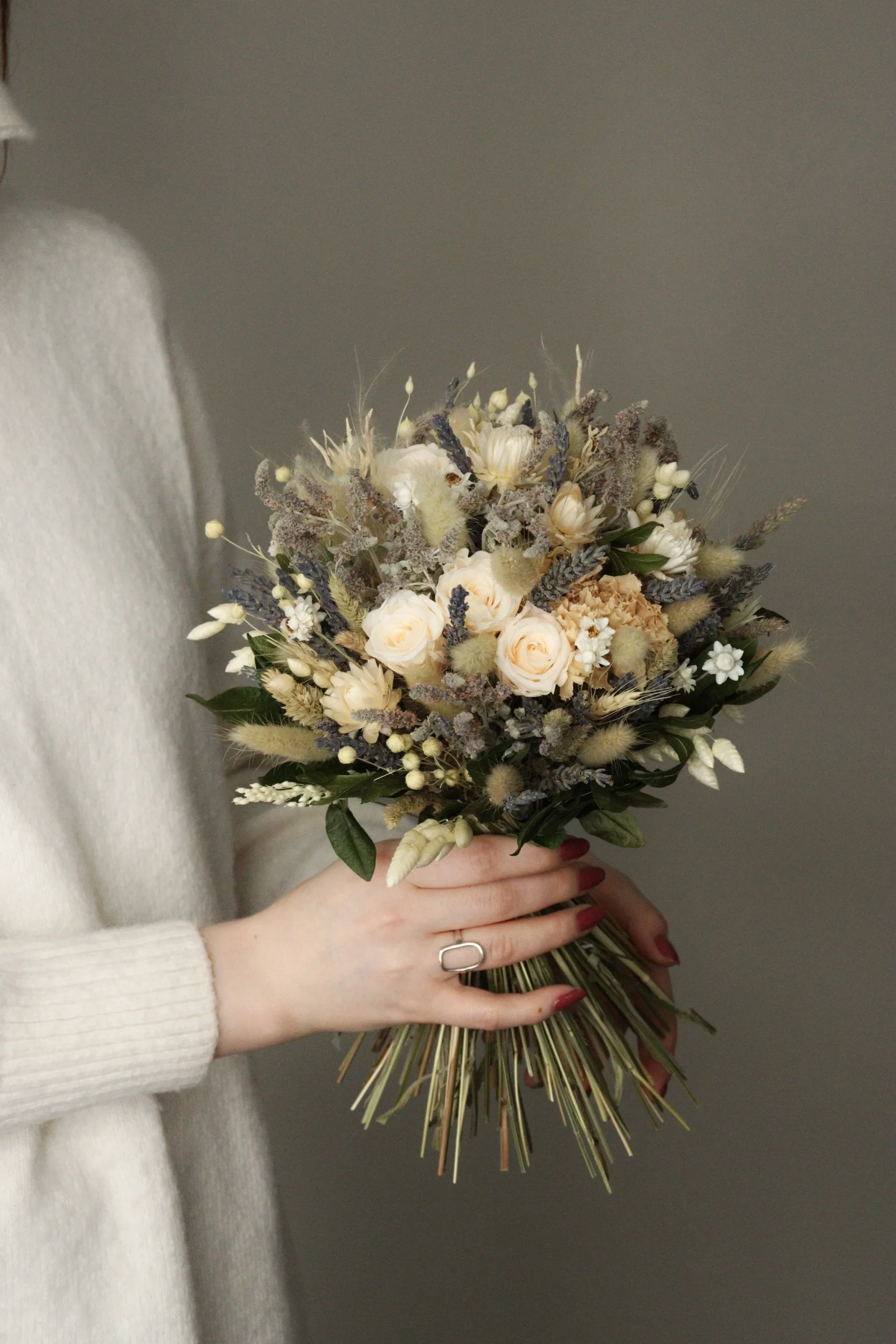What is a chattel?
A chattel is any item of personal property owned by one or both of the parties. This may include (but is not limited to) art, jewellery, antiques, handbags, watches, fine wine and even pets!
In most cases, chattels are capable of division by agreement between the parties and there is no need to trouble the court with this level of minutiae. However, sometimes items of value can be contentious – for example, a wife may have an extensive Hermes bag collection that a husband contends should be brought into account, or a husband may have a valuable wine collection acquired over many years.
How should chattels be divided?
Items belonging to one party and brought into the marriage should usually be retained by them. Items received as gifts should be retained by the recipient. Items received from one parties’ extended family should usually be retained by them. Items that can be said to be the personal property of one party (books, clothes etc.) will be retained by them.
The division of jointly owned items may be more difficult but there are various mechanisms by which a division can be achieved. For example, a list of items (a “Scott Schedule”) can be created and then a coin may be tossed. The “winner” of the coin toss can then select an item followed by the loser continuing to rotate until all items have been selected.
Equally, if the chattels have value and the value of those chattels are needed to meet the needs of one or both of the parties then the court may order their sale to raise funds to meet those needs.
Do we need to divide every single item?
Every item will need to be divided but if the parties are engaged in legal proceedings then the financial disclosure requires that all items with a value of £500 or higher should be listed and taken into account.
So where do difficulties enter the equation?
Where the parties disagree about the provenance of an item then it may become disputed. An area that can be particularly problematic is the question of the engagement ring. In most cases, this is uncontroversial because there is a specific provision for engagement rings in the Law Reform (Miscellaneous Provisions) Act 1970. The Act provides that engagement rings are presumed to be an absolute gift and are to be retained by the recipient. However, if the item was a family heirloom designed to be passed down through generations then there may be arguments that it should be returned.
What if we cannot agree what will happen?
If an agreement cannot be reached then a judge will determine the position. The court can distribute the items in whatever manner it chooses to in order to achieve a fair result. Be warned, however, that most judges will not spend significant court time on addressing the issue of chattels and will instead simply adopt a mechanism – whether the one outlined above or something similar.
Disputes over the division of chattels can become very heated as parties often feel that they cannot live without a particular sentimental item. The costs of lawyers engaging in correspondence about the division of chattels can quickly incur fees that are disproportionate to the value of the items in question. It is important to behave commercially and sensibly and to consider whether there are practical solutions that can be adopted. For example, there is little merit in engaging in a debate over who keeps the photo albums when they can now easily be replicated.
It is also worth bearing in mind that a solution a judge might adopt might be for everything to be sold and the proceeds divided between the parties. This is an option that is likely to leave both parties dissatisfied and is unlikely to achieve the true value of the items for the parties.
It is certainly hard in the heat of proceedings to keep a cool head about sharing the spoils of the marriage. However, arguing over who keeps the teaspoons (yes really!) is unlikely to benefit anyone. When it comes to the division of chattels proportionality is key. Every effort should be made to reach agreement directly and if agreement cannot be reached then the parties should seek assistance from a mediator or arbitrator. Asking the court to deal with the division of chattels should be a last resort.
DISCLAIMER: This publication is not intended to provide a comprehensive statement of the law and does not constitute legal advice and should not be considered as such. It is intended to highlight some issues current at the date of its preparation. Specific advice should always be taken in order to take account of individual circumstances and no person reading this article is regarded as a client of this firm in respect of any of its contents.





